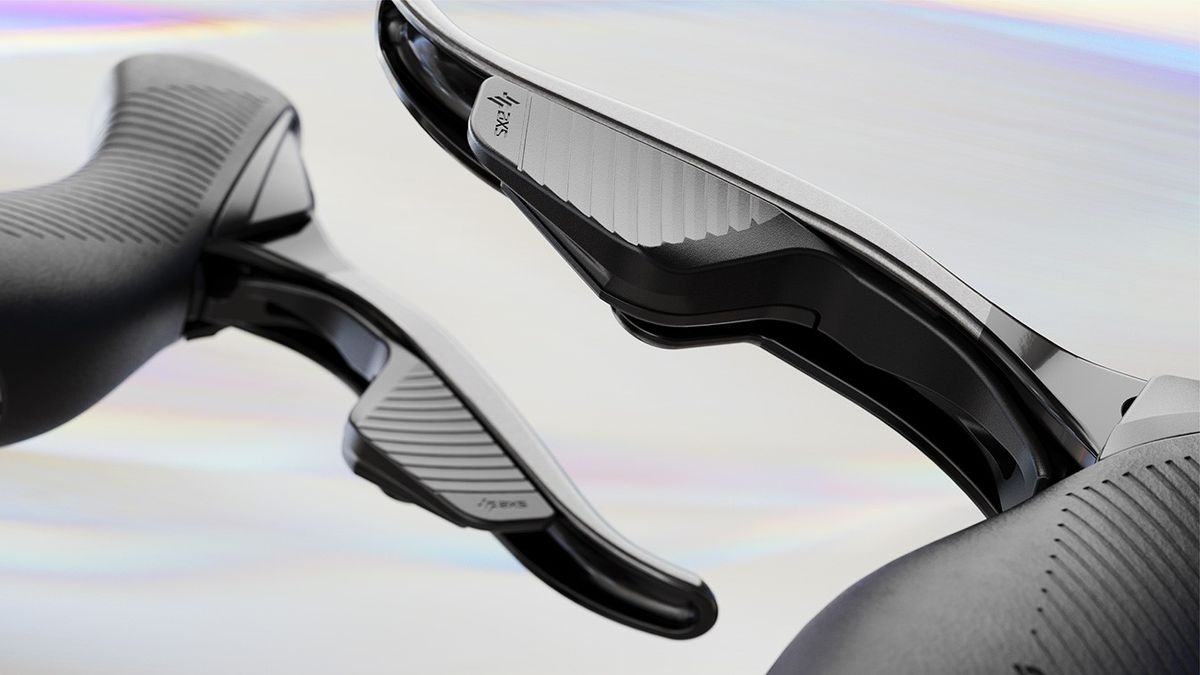Set in the backdrop of the discussions about the chicane at the Trouée d'Arenberg, the previous crashes we've had in the last week and a half and the complete mess that we've seen elsewise in the race, it's easy to see tempers get inflamed, but ultimately this is a racing incident, and there are various factors adding culpability on both sides.
It's clear from the debates that raged about the chicane at Roubaix that for a lot of riders, they would like to be able to go full send if they so wish at any time without having to think about risk other than their own power/tactics etc., but passing the responsibility on to the organisers for managing risk to the point where that would be possible is simply unmanageable in an outdoor sport. This was a relatively nondescript corner which admittedly had some obstacles off-road on the outside, but the actual corner itself was not remarkable compared to hundreds of others in this part of the world, it was on a decently wide two-way road and the Itzulia routinely descends worse.
At the same time, the péloton was far larger than it usually would be on those worse descents in this race, because usually this race is more selective. This was then exacerbated by the péloton going slower on the climb side of this ascent (and it being one of those lopsided climbs from the coastal mountains to the higher Alavan plateau) meaning the pace was higher on the descent, meaning that if somebody did make a mistake, more riders would be at risk, and would be going faster at the same time.
The rapid and aggressive apportioning of blame is a product of the accumulation of incidents in the last few weeks and an emotive response to just how big the accident was and the apparent severity of the injuries that resulted. But the péloton can't lay the blame entirely at the foot of the race organisers every time and absolve themselves of any responsibility for their own bike handling skills - however, the race organisers can't use rider error as an excuse not to learn lessons either.









